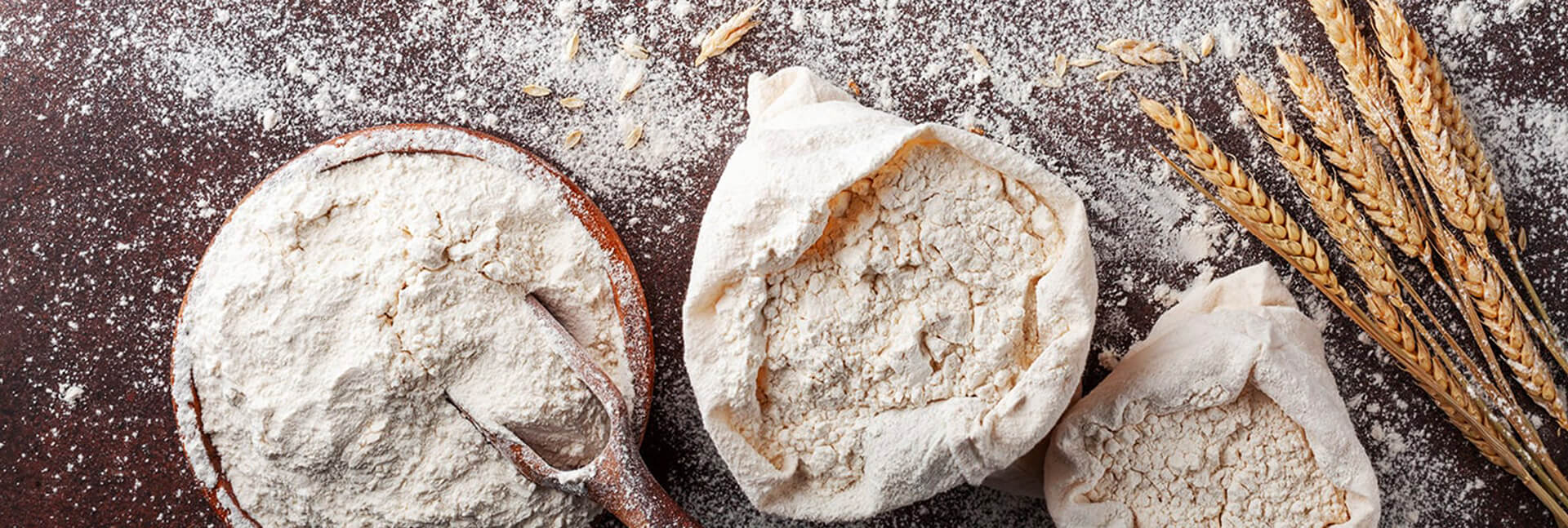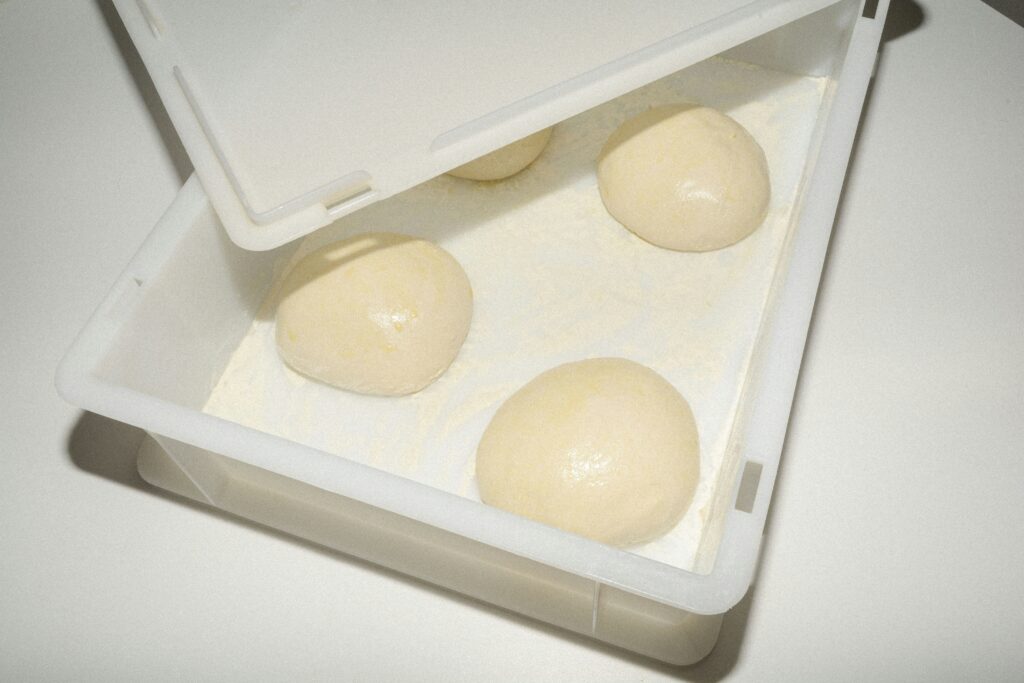
What is the difference between Double-U and Double Zero?
According to the law, in order to distinguish the different types of flour, reference is made to a classification that clearly distinguishes soft wheat flours, dividing them in 00, 0, 1, 2 and Whole-wheat. In short, this classification goes from “00” flour, the whitest one, to Whole-wheat flour, the darkest one in which a good part of the bran remains.
More than just on the type (00, 0 or other), the quality of flour and the effect it has on the dough depend on its capacity to react by developing elastic and resistant dough, therefore capable of keeping the fermentation gases.
For the most part, this characteristic depends on the quantity and quality of the proteins contained in the wheat from which it derives.
In order to classify and distinguish the different types of flour, wrongly the W value is the only reference parameter. Is this right or wrong?
DOUBLE-U value (flour strength index) is obtained through a laboratory analysis made with a device called Chopin’s Alveograph. From this analysis, besides this value, it is also possible to determine the P/L, which is the ratio between resistance and extensibility of dough flour.
But, is it right to consider the alveographic analysis and, above all, only these two values, as the identifying factors of a flour type?
The answer can be found by better evaluating the conditions regulating this test, which has some limits although being rapid.
Let’s see why:
- The test is performed with a 50% constant hydration dough (+ 2.5% salt), regardless of the actual absorption capacity of flour, which can exceed 60% in those with higher protein content;
- The analysis requires a high degree of manual skills by the operator, which can therefore affect the result;
- The Alveograph assumes an instrumental tolerance of +/- 8%; this means that a flour with W 300 is in a range of 276 to 324, which is 48 points;
- It lasts only 28 minutes overall, including the kneading time (8 minutes); therefore it has modalities and times that do not represent the real conditions of use of pizza dough, which rests for several hours and, above all, also changes under the effect of the byproducts of leavening (ethyl alcohol and carbonic gas).
From these reflections, it is possible to understand that Chopin’s Alveograph can only provide a first indication of flour evaluation, a first glance that however requires a more careful observation and an analysis of other descriptive and structural values.
It can therefore be said that DOUBLE-U and P/L alone are not sufficient to represent what flour will be able to accomplish when used.
In the most modern mill laboratories, in order to make more reliable rheological analysis and to offer more and more controlled flour, other devices are used, besides Chopin’s Alveograph, such as Brabender’s Farinograph and Extensograph.

The former measures the absorption and farinographic stability, while the latter measures strength, elasticity and extensographic energy, by means of properly hydrated dough with longer resting times. The results are far more trustworthy as these devices measure the real performance of different types of flour and the dynamic behavior of the dough.
The use of this equipment is not impacted by the operator’s skills.
For these reasons, they can certainly be considered more reliable values than alveographic ones.
Unfortunately, besides a correct interpretation, the reading of farinographic and extensographic values also requires a lot of experience; that’s why words such as “Energy” or “Stability” are less known and used in the “vocabulary” of pizza makers.
So, are there any values that can well represent the characteristics of flour and its correct use?
Certainly not the DOUBLE-U and the P/L, as well as any other rheological value individually considered!
The quality of flour is the result of an overall vision considering not only what has been said so far, but also the correct management of the grain milling process and the quality of the milled wheat. Its real value cannot be expressed with numbers but it is linked to the characteristics of the wheat from which it is obtained.
Therefore, a multi-level attention is required and quality is interpreted in a very broad sense; from the selection of wheat, to a careful milling process that respects the grain and the properties of each variety, up to the skilful mixing of flours to obtain the most suitable blends for the different types of dough.
In conclusion, you cannot make a good pizza with a Double-U, but with the perfect combination between the choice of the right flour and your talent.



